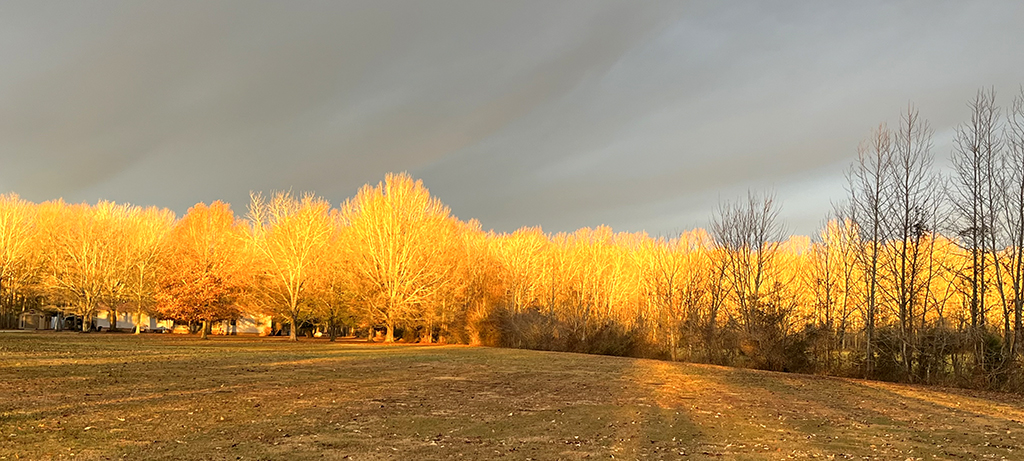by John Jefferson
The image attached to this first 2024 column is intended to start the new year off with a rare sight you can’t see unless you’re outside!
This column is for the many WWW column readers who are photographers. And don’t be shy; if you’ve ever taken a cell phone photo of a family member, your dog, a beautiful sunset, or a successful new recipe that just came steaming out of the oven — and sent it to anyone — YOU are a published photographer!
Cell phones make it possible for you and me to always have a camera with us. You might not feel like toting a full-size camera with you, but your cell phone is something you probably won’t intentionally leave home without. And that’s a good thing.
Photographers often say some of the best photos they’ve ever taken were made by the “F-8 and be there” rule. If their cameras are set on program or automatic, they’re prepared for action when they venture into an area where unique sights occur.
Cell phones take much of the settings out of the situation. Just point and shoot, bracing the camera on a solid support, if possible. If you DO pack a larger camera, however, my hat’s off to you!
There’s no limit to where unique images can happen. They can appear unexpectedly anytime and in any place. Even your backyard! Cell phones enable us to have suitable equipment with us wherever we go. But evacuating the couch and getting to that mystical place called “there” is up to you!
Remember the picture of the ocelot momma crossing the road with her kitten that illustrated this column earlier in 2023? The photographer couldn’t have caught that image while sitting at his kitchen table. To get memorable images that might become wall art in your home or office, you have to get out into the Woods, Waters, and Wildlife!
State and National Parks are fertile photography sites. Most parts of Texas have areas of natural beauty and/or wildlife. Even my own family was awestruck by seeing the Frio and Nueces river canyons for the first time. And the drive to get there through the Hill Country is still talked about.
The 361 miles of Texas coastlines and its beaches change scenes with each tide and every sunrise and sunset. The Big Bend region of West Texas and Palo Dura Canyon in the Panhandle are unparalleled for natural scenery. The East Texas Pineywoods and its lakes and streams are unforgettable.
The Brush Country of South Texas is a wildlife and thicket environment providing cover for diverse species of critters and can be photographed from refuges north of Brownsville, along the river, and at Choke Canyon Reservoir.
A few large, private ranches also provide commercial tours.
The best times of day for all photography are the first two hours of daylight, and the last two.
The “Being There” awaits you. All you need is a cell phone camera to set the exposure.
JJ




